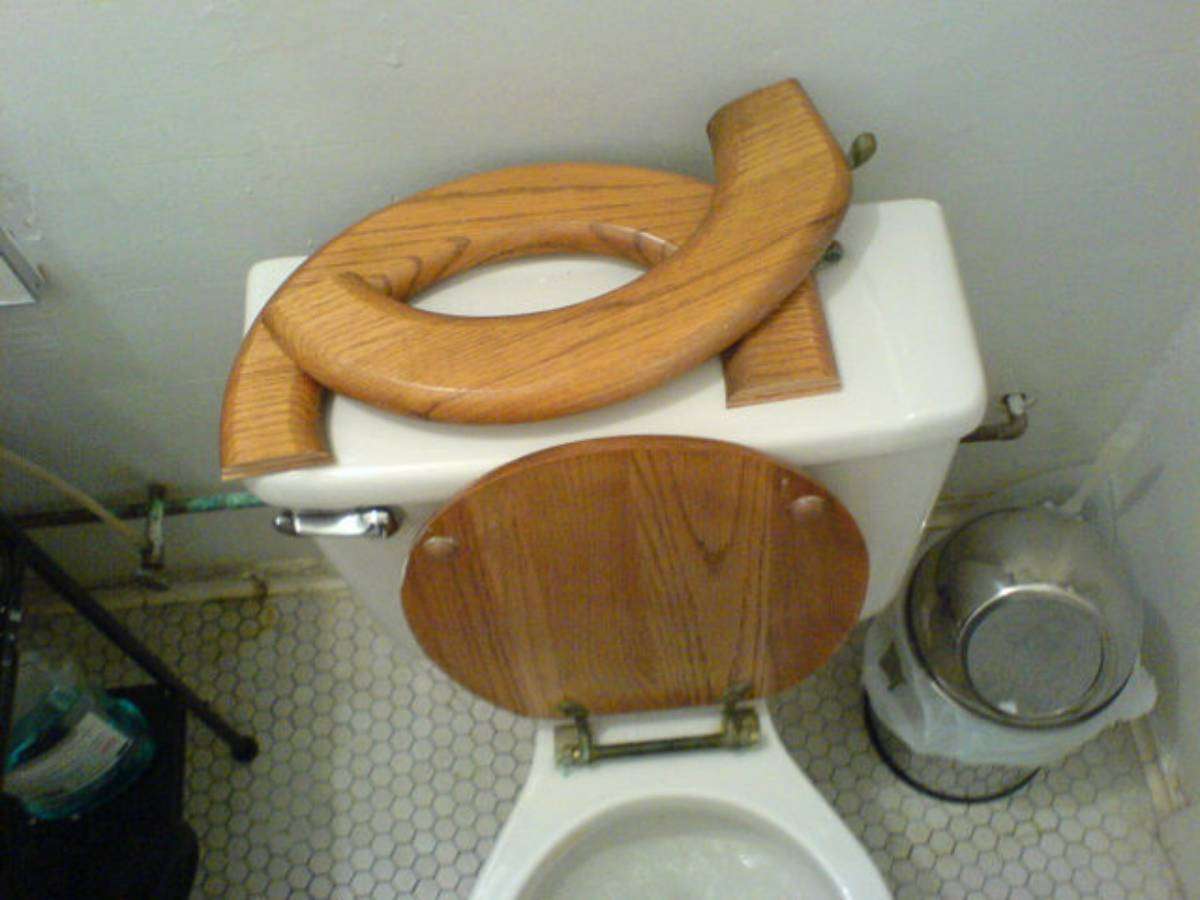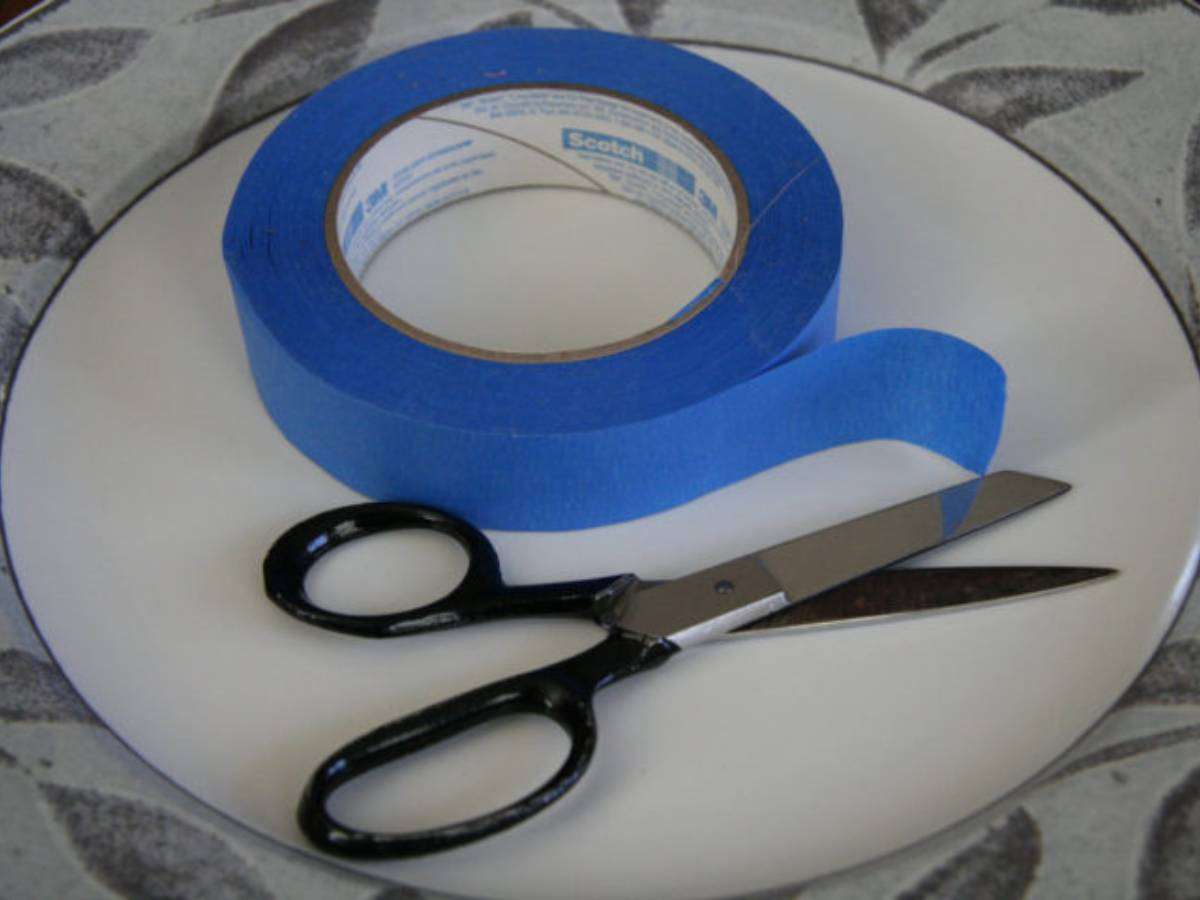Ever wonder what those black lines are along the edges of your carpet — at the baseboards and under doorways?
The black lines are a result of filtration soil.
Filtration soiling is pollution that comes from dirty ductwork and settles on your carpet.


Filtration Soiling 101
According to ProCare, the premium carpet & upholstery care specialists:
This soiling is called Filtration Soiling because it comes from air passing through the carpet as it is attempting to get through the crack between the carpet and the baseboard or under a closed door. As the air passes through the edge of the carpet pile, this microscopic soiling is deposited there (hence the term filtration soiling). This occurs over a significant period of time and is not noticed until a build up has occurred.
Think of it as soot from your air ducts (…and candles and other things).
This has become a common problem today because homes are much more airtight than in the past and because aromatherapy and burning of candles is so popular today.
~ Source
But We Vacuum All The Time…
No matter how “clean” your house is or how much you vacuum… it still happens.
Because most homes aren’t 100% airtight, there is naturally a gap between the flooring and the walls. Air moves through that gap, and the carpet acts the same as a furnace filter, trapping the solid particles of “soot”.
And since it’s difficult for your vacuum cleaner to reach every single spot on your carpet, over time the ultra-fine particles have a chance to really bond with the carpet and become more apparent. Especially in those areas that are harder for your vacuum to reach — like around the baseboards!
Most vacuum cleaners do not clean the edges of a carpet very well, as their main effort is in the center of the vacuum orifice. Some vacuum cleaners have a slot at the edges, to help here, but there is no beating action in this location, and the actual suction at the edges is very small, relatively speaking. Source
By the time you notice it, the problem has progressed to the point that you need to have your air ducts professionally cleaned.
Can The Black Marks Be Removed?
Yes. It takes added labor and special agents to get this out, but a professional carpet cleaner can do it. Here’s how:
Filtration soiling is difficult to remove because the particles are so fine that they penetrate deep into the carpet pile — sometimes all the way into the backing of the carpet.
Vacuuming this area is not usually successful, even when a crevice tool attached to the vacuum cleaner is used. Because the carbon particles are attached to the carpet fibers and each other by electrostatic bonding. Therefore, to remove these “soot lines” a different effort is required.
~ Source
If you want to try to remove the stains yourself, here are some Filtration Soil Removers to consider:
How To Prevent The Black Marks
To prevent it from happening in the first place, get your air ducts cleaned!
You could also consider making minor modifications to your lifestyle — such as burning fewer candles, smoking less, cooking less… you get the idea. Since that’s not likely to happen, I’d recommend you just get your air ducts cleaned.
Preventing airflow through carpet and carpet edges by sealing cracks in the subfloor, as well as under baseboards and edges of stairs, may reduce filtration soiling problems.
~ Source




